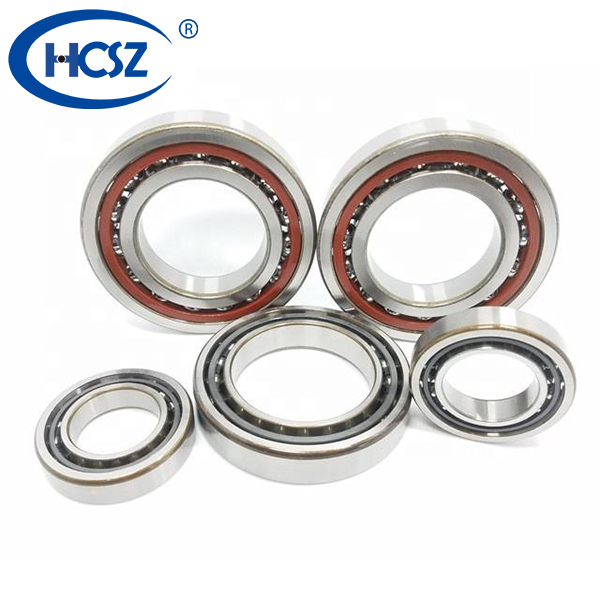The primary function of bearings is to provide support. If transmission components (such as shafts) are directly mated with holes, this results in high transmission resistance and, once wear occurs, the transmission components become difficult to replace. Bearings, however, support transmission components through rolling contact between their components.

This results in low sliding resistance, reduced power consumption, and easy starting. The primary function of a bearing is to support mechanical rotating components, reduce friction coefficients during motion, and ensure rotational precision. It can be understood as a device that fixes the shaft in place, allowing it to rotate while controlling axial and radial movement. Without bearings, the shaft cannot function at all. This is because the shaft could move in any direction, but during operation, it must only rotate. Bearings have a wide range of applications, including in automobiles: rear wheels, transmissions, and electrical components. Electrical: general-purpose electric motors, household appliances. Instruments, internal combustion engines, construction machinery, railway vehicles, material handling machinery, various industrial machinery. Machine tool spindles, agricultural machinery, high-frequency motors, gas turbines, centrifugal separators, front wheels of small cars, differential pinion shafts. Oil pumps, Roots blowers, air compressors, various transmissions, fuel injection pumps, printing machinery, electric motors, generators, internal combustion engines, gas turbines, machine tool spindles, reducers, material handling machinery, and various industrial machinery, etc. Almost any rotating component requires bearings.
Post time: Jun-27-2025